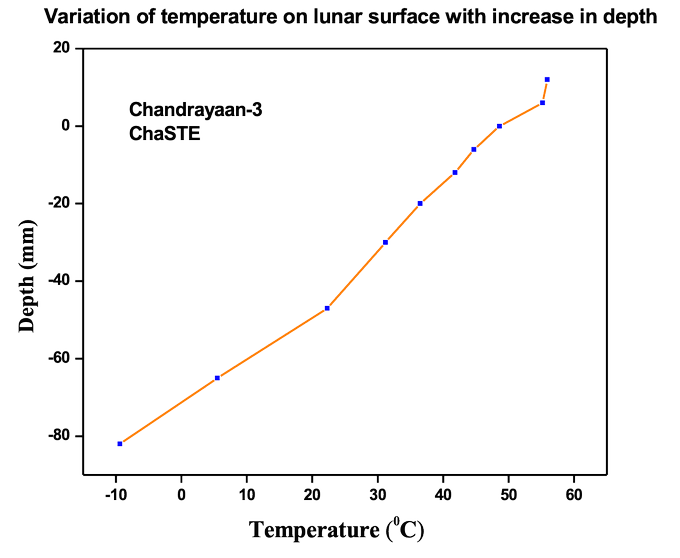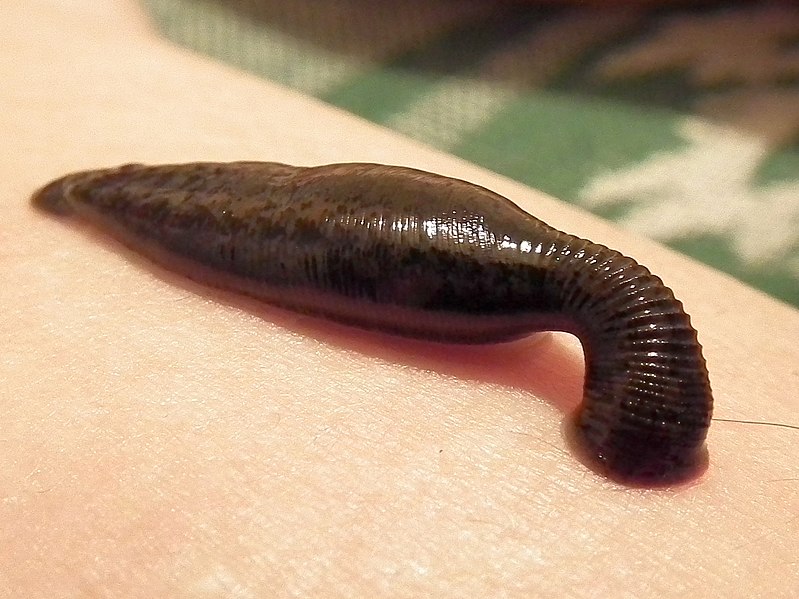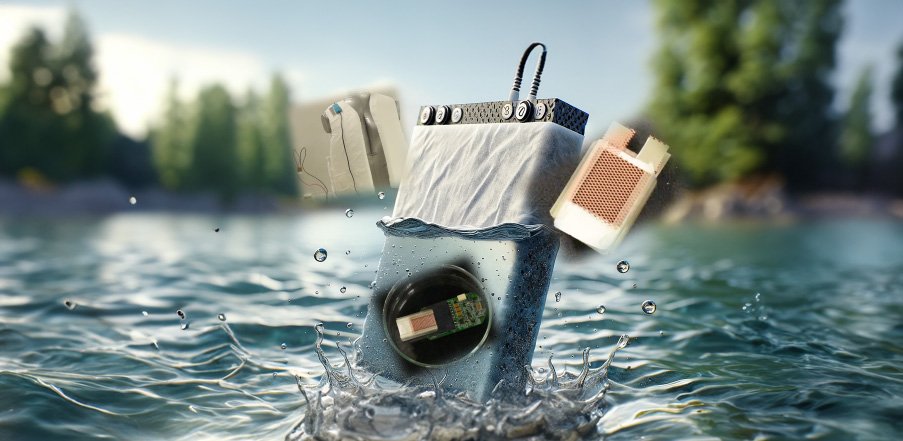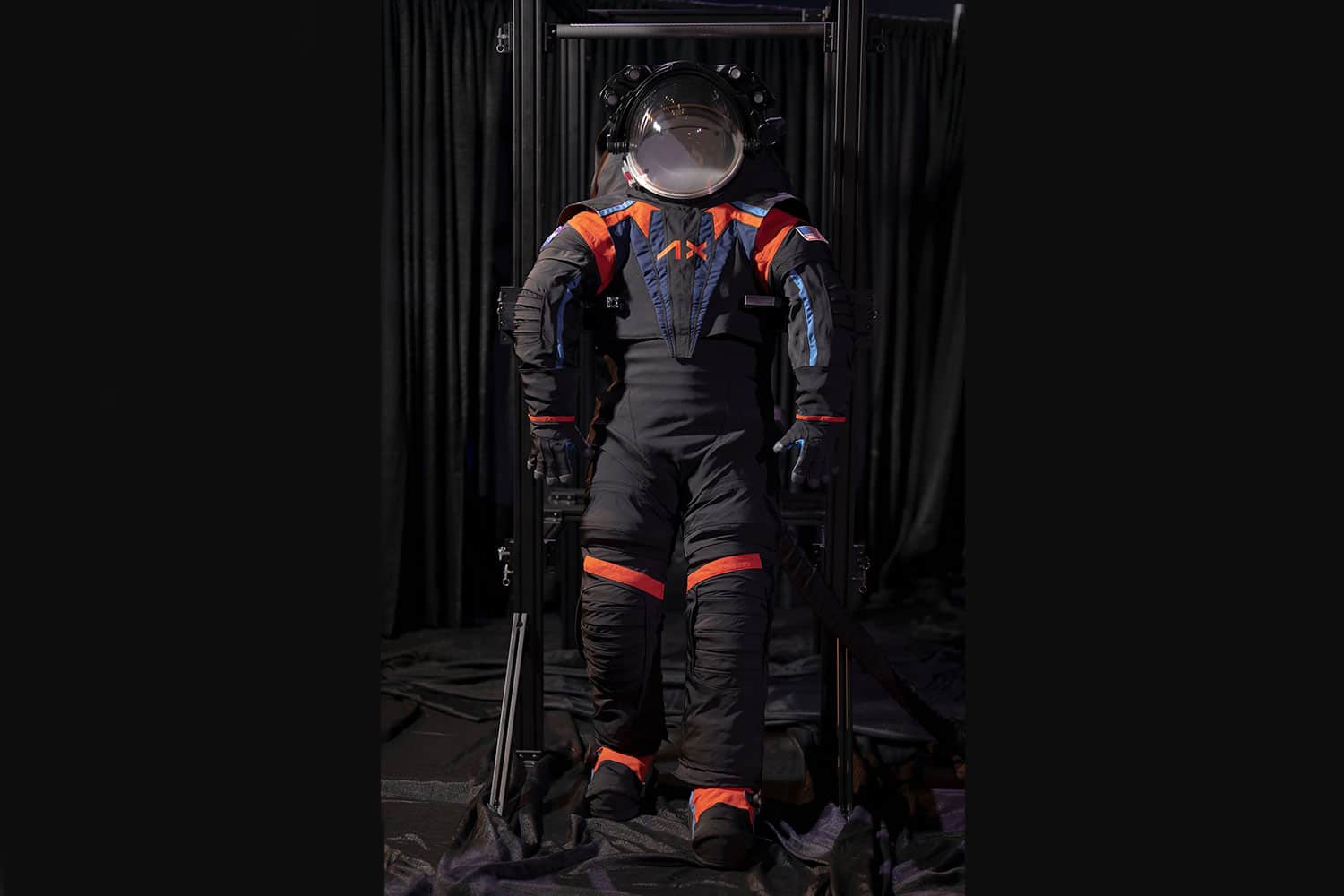After the achievement of Chandrayaan-3’s historic soft landing on the lunar surface, ISRO scientists and the Vikram Lander are now focused on gathering data from the lunar south pole.
The Indian Space Research Organization (ISRO) has recently disclosed the inaugural temperature profile of the Moon’s southern polar expanse. Notably, this marks the first-ever temperature profile garnered from the lunar south pole.
On Sunday, ISRO unveiled a temperature variation graph of the lunar surface. A senior scientist from the space agency expressed astonishment at the unexpectedly high temperature readings recorded on the Moon.
ChaSTE: Probing Lunar Thermals
The Chandra’s Surface Thermophysical Experiment (ChaSTE) payload carried by Chandrayaan-3’s Vikram lander conducted measurements to comprehend the thermal characteristics of the Moon’s surface. This was achieved by analyzing the temperature profile of the lunar topsoil around the South Pole.
ChaSTE is designed to be inserted into the moon’s surface through a motorized mechanism. It is capable of reaching depths of around 10cm. Equipped with 10 sensors, this probe is affixed to the side of the lander module for its operations.

The graph of temperature variation across the lunar topsoil at a point in the solar polar region, as measures by the ChaSTE instrument. | Photo Credit: Twitter/@isro
Temperature Extremes on the Moon
The graph posted by ISRO on platform X illustrates temperatures ranging from 14 to 140℉ (-10 to 60°C), depending on depth. Just above the surface, the temperature was about 122 ℉ (50°C). However, it plummeted to 14 ℉ (-10°C) just 3 inches (8 cm) below the surface according to the graph. According to the scientists, the absence of a lunar atmosphere has exposed the Moon to the intense radiation of the Sun and various other factors.
Waiting for more surprises
The Vikram Lander and Pragyan rover each have their own set of tools for studying the Moon’s surface. These instruments will send back a lot of data about the Moon’s air, soil composition, and minerals. This important information could help solve mysteries about the unexplored lunar south pole region.







